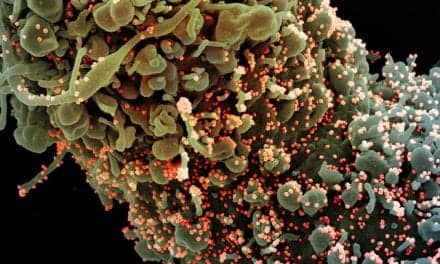The first case of COVID-19 arose between early October and mid-November, 2019 in China, with the most likely date of origin being November 17, suggests a new analysis published by UK researchers in Plos Pathogens.
According to researchers, the first officially identified case occurred in early December 2019; however, mounting evidence suggests that the original case may have emerged even earlier.
To help clarify the timing of the onset of the pandemic, researchers at the University of Kent (UK) repurposed a mathematical model originally developed by conservation scientists to determine the date of extinction of a species, based on recorded sightings of the species. For this analysis, they reversed the method to determine the date when COVID-19 most likely originated, according to when some of the earliest known cases occurred in 203 countries.
The analysis suggests that the first case occurred in China between early October and mid-November of 2019. The first case most likely arose on November 17, and the disease spread globally by January 2020. These findings support growing evidence that the pandemic arose sooner and grew more rapidly than officially accepted.
The analysis also identified when COVID-19 is likely to have spread to the first five countries outside of China, as well as other continents. For instance, it estimates that:
- the first case outside of China occurred in Japan on January 3, 2020
- the first case in Europe occurred in Spain on January 12, 2020, and
- the first case in North America occurred in the United States on January 16, 2020.

(http://cran.r-project.org/web/packages/rworldmap).
The researchers note that their novel method could be applied to better understand the spread of other infectious diseases in the future. Meanwhile, better knowledge of the origins of COVID-19 could improve understanding of its continued spread.
“The method we used was originally developed by me and a colleague to date extinctions, however, here we use it to date the origination and spread of COVID-19. This novel application within the field of epidemiology offers a new opportunity to understand the emergence and spread of diseases as it only requires a small amount of data,” said David Roberts of the University of Kent (UK).










